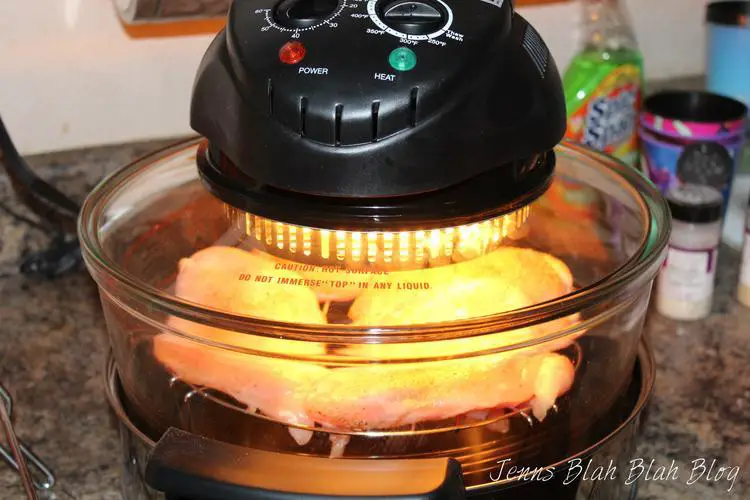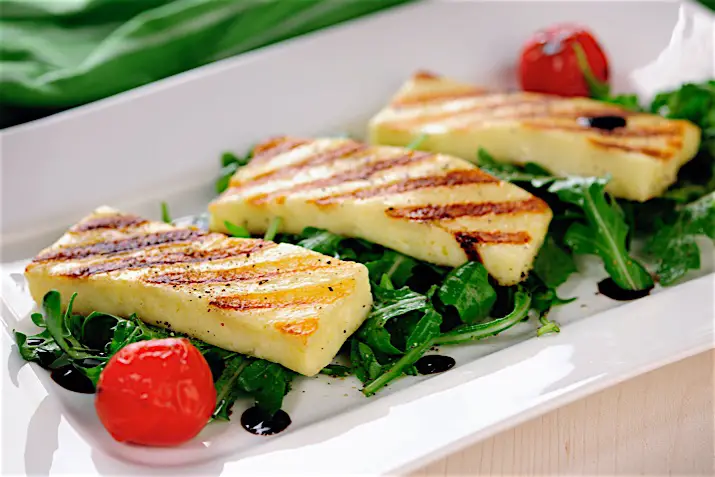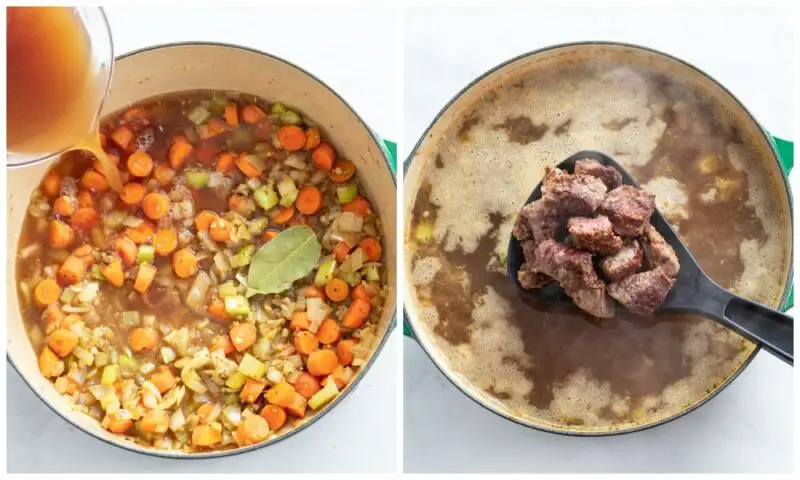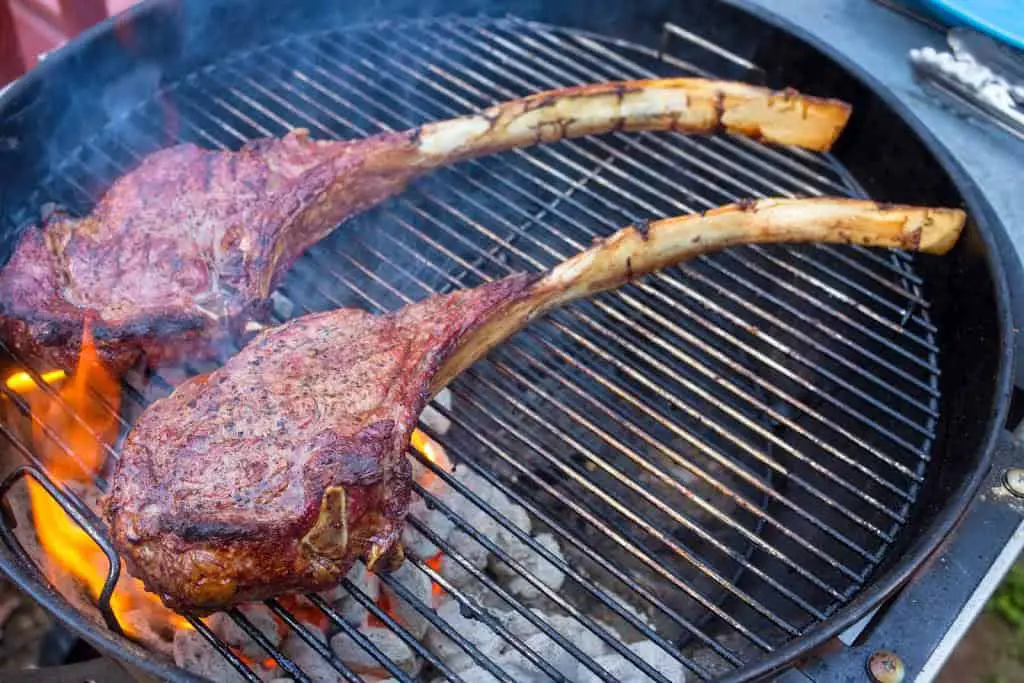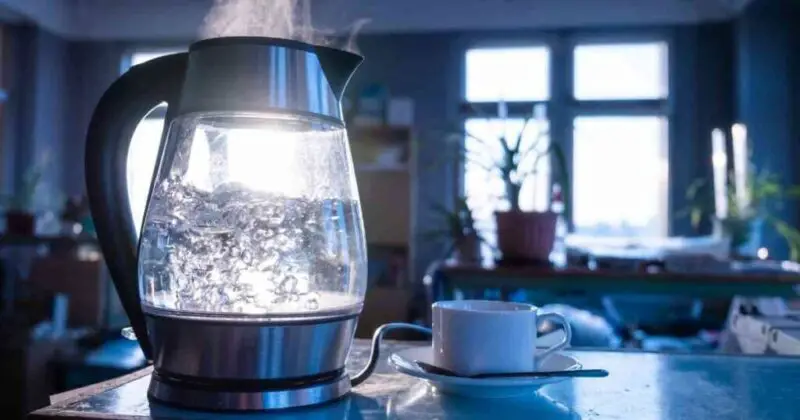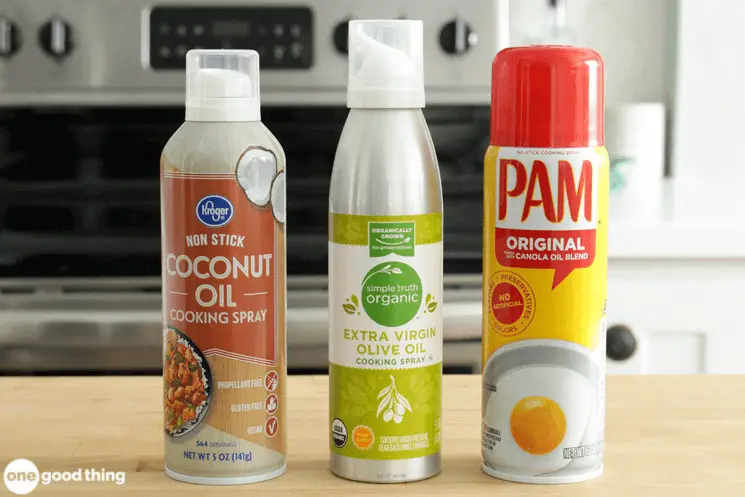Halogen ovens are becoming more popular in kitchens around the world as they save time, energy, and provide excellent results. One of the best things about halogen ovens is their versatility, allowing users to cook a variety of dishes with ease. In this article, we will explore how you can cook frozen food in a halogen oven and get delicious meals every time.
Why Cook Frozen Food in a Halogen Oven?
Cooking frozen food is a convenient way to prepare meals quickly without much prior preparation. With a halogen oven, you can easily take your favorite frozen foods from the freezer and have them cooked within minutes. Halogen ovens require less oil compared to frying pans, resulting in healthier and tastier dishes.
Benefits of Cooking Frozen Food in a Halogen Oven
- Fast Cooking Time: A halogen oven can cook food up to three times faster than traditional ovens because it uses infrared light for heat instead of hot air.
- Energy Efficient: Halogen ovens consume less power compared to conventional ovens since they use low wattage bulbs for heat.
- Hassle-Free Cooking: Preparing frozen foods for cooking doesn’t require thawing that takes time and sometimes lead to spoilage. You can also cook multiple dishes at once in a halogen oven.
Understanding Halogen Ovens
What is a Halogen Oven?
A halogen oven is an electrical appliance that cooks food using infrared radiation emanated by high-power bulbs located at its base or top lid. The heat produced by the bulbs cooks food evenly from all sides while preserving its texture, flavour and moisture content.
How Do Halogen Ovens Work?
The halogen oven works by generating infrared radiation using high-powered quartz halogens incandescent bulbs found inside it when turned on; these bulbs emit bright white light that heats the interior chamber of the oven efficiently similar to sunlight heating the earth surface. The heat produced from the infrared radiation dries up moisture on the food’s surface giving it a brown crisp finish while retaining its flavour and nutrients.
Preparing Frozen Food for Cooking
Defrosting vs. Cooking from Frozen
It is essential to understand that not all frozen foods require defrosting before cooking in a halogen oven. Some frozen meals are precooked and can go straight into the halogen oven, while others require some preparation before cooking. When time permits, it is best to thaw frozen food in your refrigerator or microwave before cooking to reduce cooking time.
Proper Preparation Techniques
To prepare frozen food for cooking efficiently, you should follow these steps:
- Read the instructions: Ensure that you read and follow all instructions on the packaging thoroughly.
- Remove any packaging: Take any paper or plastic wrapping off your frozen meal before placing it in your halogen oven.
- Pat dry: Use paper towels to absorb excess moisture from frozen dinners like fruits, vegetables and meats as this may cause steam build-up in the oven leading to unwanted results.
- Seasoning: Add some seasoning such as herbs or spices for taste.
Cooking Frozen Vegetables
Best Vegetables to Cook
Frozen vegetables are easy and quick to cook when using a halogen oven. Some of the best vegetables to cook include;
- Broccoli
- Green Beans
- Carrots
- Cauliflower
- Peas
- Corn
- Sweet potatoes
Tips for Cooking Frozen Vegetables
To get perfectly cooked vegetables every time here are some tips;
- Preheat Your Oven: It is advisable first to preheat your halogen oven at 180°C two minutes before placing the frozen veggies inside; this speeds up cooking time.
- Toss Your Veggies In Olive Oil Or Butter: Brush vegetables lightly with olive oil or melted butter then place them evenly spaced inside the cooking space.
- Season to Taste: You can add seasoning like salt and pepper, garlic or onion powder for extra flavour.
- Stir Occasionally: It’s essential to open your halogen oven after six minutes and stir the veggies around carefully; this helps the food cook evenly on all sides.
Cooking Frozen Meat and Poultry
Precautions To Take When Handling Raw Meat And Poultry
Handling raw meat and poultry requires some hygiene rules to be observed to avoid contamination-related illnesses, such as salmonella. These processes include;
- Washing Hands: Ensure that you wash your hands thoroughly with soap before handling any meat products.
- Use Different Cutting Boards And Knives: Prepare different cutting boards and knives when slicing or dicing meat products then sterilize after use to avoid cross-contamination.
- Food Storage Safety: Store your meats appropriately in a separate shallow pan that is leak-proof so that juices do not mix with cooked/frozen foods.
How To Cook Different Types Of Meat And Poultry
When cooking frozen meats or poultry in a halogen oven, you will need to follow these guidelines;
- Preheat Your Oven: Preheat your halogen oven at 230°C for approximately four minutes.
- Place Your Frozen Meats In The Cooking Space: Put your frozen chicken breast cuts, beef steaks or veal chops on the wire rack (or lower rack for large frozen items), leaving an inch of space between them so they can cook evenly
- Check Temperature Regularly : Using a meat thermometer check temperature regularly until it reaches FDA recommended safe levels:
- For pork cuts 70° Celsius
- Beef steak: 63° Celsius
- Chicken breasts 74–76° Celsius.
Baking Frozen Foods in a Halogen Oven
Baking frozen foods in a halogen oven can be done using any baking pan regardless of shape or size as long as it fits inside the oven’s cooking space. Here are some tips to ensure even browning when baking;
- Preheat Oven: Preheat your halogen oven before placing your frozen baked items inside
- Place Baked Items In The Centre Of Your Cooking Space: Put them directly on the wire rack (on the lower level of your oven), in the center, so they cook evenly.
- Cover With Foil If Needed: If the food looks like it’s getting too browned, cover it with aluminium foil before returning to the halogen oven.
Baking Tips and Tricks
Halogen ovens can also be used for baking frozen items such as puff pastry, cakes and biscuits using these tips:
- Bake pastries at 200°C for 10–15 minutes
- Bake cakes and brownies at 180-190°C for 20–30 minutes
- Cookies should be baked at around 170°C for no longer than ten minutes
Common Mistakes To Avoid
When cooking frozen foods with a halogen oven, there are several mistakes that you should avoid to get delicious meals every time;
- Overcooking or Undercooking: It is essential not to overcook or undercook your food because different foods require specific amounts of time and temperature settings. Ensure you follow instructions carefully.
- Improper Placement Of Food : Always arrange your food accordingly in the cooking space so that heated air circulates correctly during baking.
- Opening And Closing The Door Frequently: Avoid opening and closing your halogen oven door frequently during cooking; this can affect baking consistency.
Cleaning Your Halogen Oven
Halogen ovens only take a few minutes to clean after use with these steps;
- Allow To Cool Down Naturally Before Cleaning: Give time for machine components cool down entirely first.
- Remove Any Residue And Spills With A Damp Cloth Or Sponge: Use a damp cloth or sponge to remove any spills, then dry the interior.
- Check For Grease Buildup: Clean greasy components of the halogen oven like wire racks and cooking pan after every use, as this may encourage bacteria growth.
Maintenance Tips
Keep your halogen oven in good condition by following these maintenance tips;
- Avoid Using Abrasive Cleaners Or Steel Wool: Scratches could build up on the surface of the machine.
- Replace The Bulb Regularly: Replace burnt-out bulbs immediately to ensure consistency in the unit’s performance.
- Store Strategically: Always store your halogen oven in a clean and dust-free space, avoiding wet or humid areas in your kitchen.
Conclusion
Halogen ovens offer tremendous benefits as a quick and energy-efficient cooking appliance for households to enjoy home-cooked meals conveniently. Cooking frozen foods with a halogen oven saves time and effort while producing delicious dishes that are healthy for you. By knowing how to cook frozen foods correctly, adhering to proper food hygiene practices and maintenance procedures, you can take advantage of all that these versatile appliances have to offer for years to come.
Q&A
- Q: Can I cook frozen food directly in a halogen oven or do I need to thaw it first? A: Yes, you can cook frozen food in a halogen oven without thawing it first. Simply adjust the cooking time to allow for the extra time needed to cook the food from frozen.
- Q: How do I prevent my frozen food from getting dry when cooking it in a halogen oven? A: To prevent your frozen food from getting dry when cooking it in a halogen oven, try adding some moisture to the dish by covering it with aluminum foil or adding a small amount of water, broth, or sauce before cooking.
- Q: Can I use a halogen oven to cook frozen meats like chicken and beef? A: Yes, you can use a halogen oven to cook frozen meats like chicken and beef. However, keep in mind that these foods may take longer to cook than if they were fresh or thawed.
- Q: Do I need to preheat my halogen oven before cooking frozen food? A: It is recommended that you preheat your halogen oven before cooking any type of food, including frozen dishes. This will ensure even cooking and prevent unevenly cooked areas in your dish.
